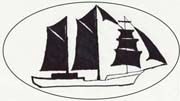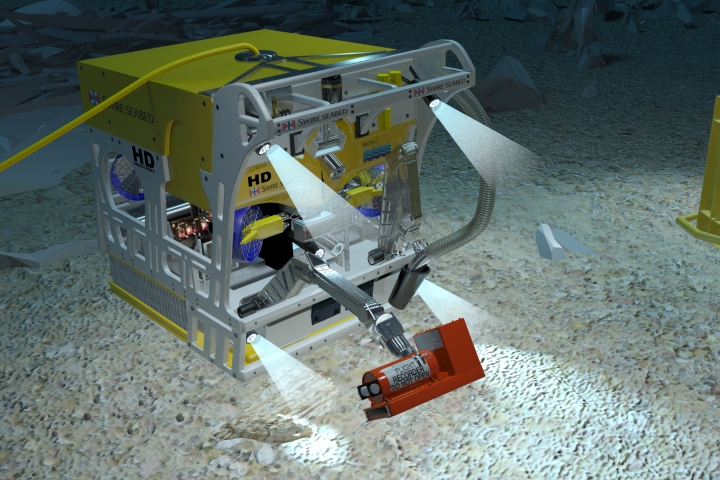
This turbo-electric ocean liner’s life began in the early 1930s as the SS Santa Clara. She worked for over 10 years in civilian service and even ferried such distinguished passengers as Walt Disney. She was built by the New York Shipbuilding Corporation for the Grace Steamship Company. Her twin propeller shafts ran on electricity from two General Electric turbo generators. Her six water tube boilers provided steam to the generators. In 1942, she was commissioned by the U.S. Navy for troop transport and became the USS Susan B Anthony named after the women’s rights activist.
During that year, Susan B Anthony worked in support of the allied invasion of North Africa called Operation Torch. On October 23, 1942 she left Chesapeake Bay for Mehdia in French Morocco, arriving 15 days later. While Mehdia was under attack from the Northern Attack Group, Susan B Anthony unloaded military equipment and troops. A week later, she did the same in Safi, Morocco and later sailed for Norfolk, Virginia. She would make three more trips to North Africa within seven months, to Casablanca, Morocco and Oran, Algeria.
The Susan B Anthony also provided support in the invasion of Sicily in 1943. With luck on her side, she managed to avoid major damage from several enemy aircraft bombings. In two separate incidents, her anti-aircraft guns took planes down. She returned to New York in August 1943 with a load of prisoners she had picked up in Oran. Until she met her fate in 1944, she carried troops and cargo across the Atlantic and back again in support of Operation Overlord at Normandy, France.
On June 4, 1944, Susan B Anthony stuck a mine in a channel off Normandy, severely damaging her number 4 hold which left the ship without power. It wasn’t long before she began listing badly to starboard. Commander TL Gray ordered soldiers on board to move to the port side of the ship which temporarily leveled it. But fires began in quick succession in the ship’s engine and fire rooms which led to the abandonment order. The fleet tug USS Pinto and two destroyers helped evacuate all 2,689 people on board.
Text source: Wikipedia under Creative Commons licence.
Photo credit: Wikipedia public domain image.
© Copyright Vince Capone 2013


